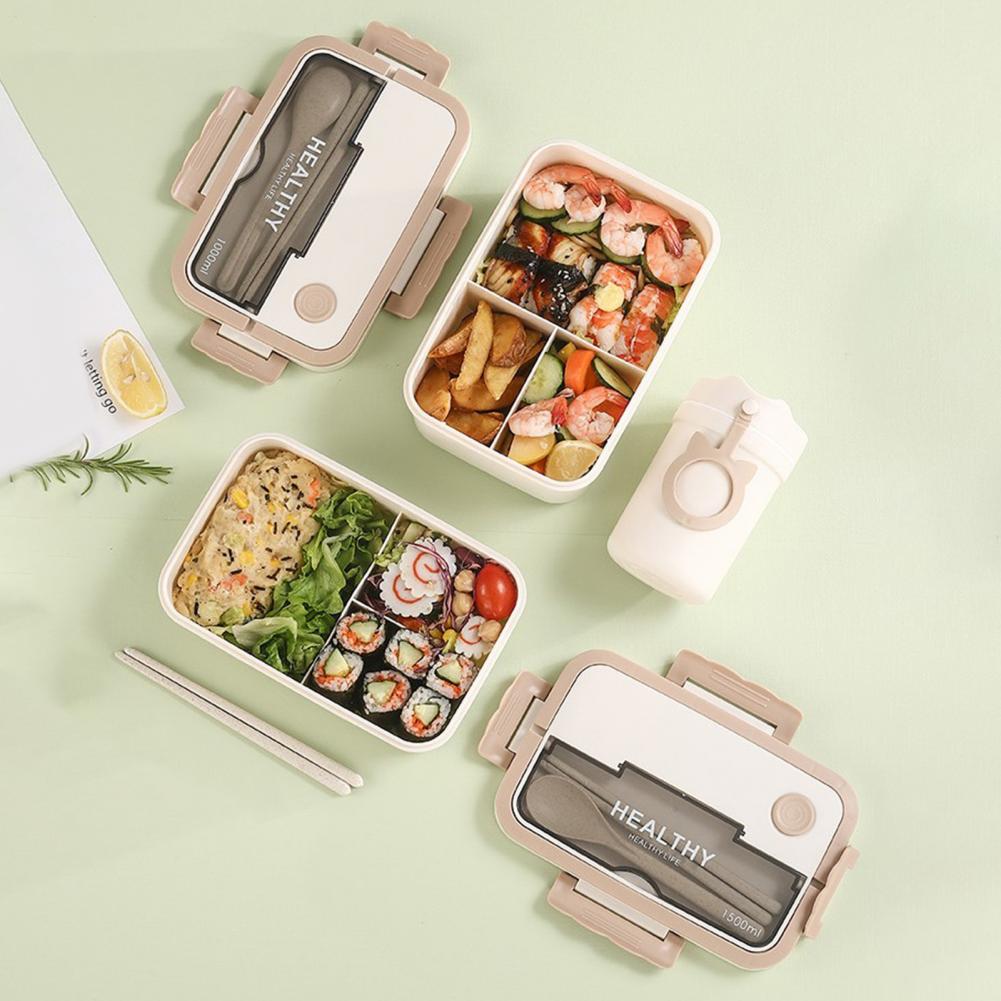When it comes to preparing and enjoying meals on the go, having a well-organized lunch box kit can make a world of difference. It not only ensures that your food stays fresh and intact but also saves you time and effort in the process. In this article, we will explore some practical tips and strategies to help you organize your lunch box kit for maximum efficiency.
- Choose the Right Lunch Box Kit: The first step in organizing your lunch box kit is to select the right one that suits your needs. Consider factors such as size, compartments, and insulation. Look for a lunch box kit that has enough space to accommodate your desired portion sizes and has separate compartments to keep different food items separate. Insulation is crucial to maintain the temperature of your food, especially if you’re packing perishable items.
- Plan Your Meals in Advance: One of the key aspects of efficient lunch box organization is meal planning. Take some time at the beginning of each week to plan out your meals. This will help you determine the types of containers and storage options you’ll need. Plan a variety of meals to keep things interesting and ensure you have all the necessary ingredients on hand.
- Invest in Quality Containers: Investing in high-quality food containers is essential for efficient lunch box organization. Look for containers that are leak-proof, microwave-safe, and stackable. Opt for reusable containers instead of disposable ones to reduce waste. Choose containers of different sizes to accommodate various food items and portion sizes.
- Use Food Storage Bags and Wraps: In addition to containers, consider using food storage bags and wraps to further organize your lunch box kit. These can be used for snacks, sandwiches, or smaller food items. Opt for eco-friendly options such as beeswax wraps or silicone bags that can be washed and reused.
- Pack Food in the Right Order: When organizing your lunch box kit, it’s important to pack the food in the right order. Start with heavier items at the bottom, such as salads or main courses, and layer lighter items on top. This prevents heavier items from crushing delicate foods or causing leakage. Place items that need to stay cool, like yogurt or fruits, in a separate compartment or use ice packs to maintain freshness.
- Label and Date Containers: To avoid confusion and ensure that your meals stay fresh, label and date your containers. Use waterproof labels or a marker to indicate the contents and date of preparation. This helps you keep track of the freshness of your food and prevents any mix-ups if you’re sharing a refrigerator or have multiple containers.
- Pack Utensils and Napkins: Don’t forget to include essential utensils and napkins in your lunch box kit. Pack a set of reusable cutlery or consider investing in a compact, reusable utensil set. Tuck in a few napkins or small hand wipes for convenience.
- Keep a Clean and Organized Kit: Maintaining a clean and organized lunch box kit is vital for maximum efficiency. After each use, clean your containers thoroughly and let them air dry. Store your lunch box kit in a designated spot, whether it’s in your pantry or refrigerator, to ensure easy access and prevent misplacement.
- Refresh and Rotate: To keep your meals exciting, make an effort to refresh and rotate the contents of your lunch box kit regularly. Try new recipes, experiment with different flavors, and incorporate seasonal produce. This not only adds variety to your meals but also keeps you motivated to continue using your lunch box kit.
- Take Note of Feedback: Lastly, pay attention to your own feedback and adjust your lunch box organization strategies accordingly. Take note of what worked well and what didn’t. Did a particular container leak? Was there enough space for your desired portion sizes? Did you struggle to find certain items? Use this feedback to refine your organization methods and make necessary adjustments to improve the overall efficiency of your lunch box kit.
In conclusion, organizing your lunch box kit for maximum efficiency requires thoughtful planning and attention to detail. By choosing the right lunch box kit, planning your meals in advance, investing in quality containers, and using food storage bags and wraps, you can optimize the space and keep your food fresh. Packing food in the right order, labeling containers, and including utensils and napkins add to the convenience of your lunchtime experience. Maintaining a clean and organized kit, refreshing and rotating your meals, and taking note of feedback help to ensure that your lunch box kit remains efficient and enjoyable to use.
Remember, the goal of organizing your lunch box kit is to simplify the process of meal preparation and make it easier to enjoy nutritious and delicious meals wherever you go. With a well-organized lunch box kit, you can save time, reduce waste, and have greater control over your food choices. So, start implementing these tips and enjoy the benefits of a maximally efficient lunch box kit organization in your daily life. Happy meal prepping and happy eating!


